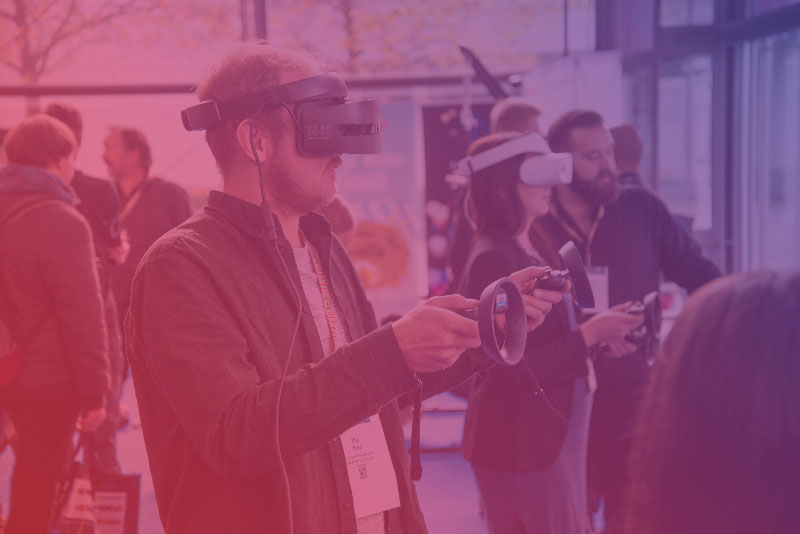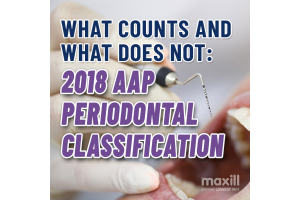Virtual Reality in Dentistry

Suppose you ask dental-phobic patients for the main reasons that the thought of dental visit elicits such fear and loathing.
In that case, most will probably respond with feelings related to the potential for anxiety or pain.
This anxiety can stem from genuine unpleasant past dental experiences or unknown potential for pain.
Alleviating pain by using injectable anesthetics can also increase anxiety toward dental procedures.
We have all heard a patient say, "I hate needles." The feeling of fear and anxiety can trigger excessive nervousness, sensitization, and uncooperative behavior.
These behaviors increase treatment time or the need for additional forms of sedation, such as nitrous oxide, conscious sedation, or pharmaceuticals.
Many feelings of fear, anxiety and dread with dental appointments stem from unfavorable dental situations during childhood.
These experiences as a child can remain in a person's memory.
The ability of a child to have a positive dental experience can change or mitigate future anxiety-ridden dental experiences as an adult.
Virtual reality for patient treatment
The use of virtual reality (VR) techniques in dental settings can reduce pain perception, easing anxiety by distracting people from pain-inducing triggers.
Virtual reality is a computer-generated environment with scenes and objects that appear real, immersing the user in their surroundings.
This environment is perceived through a virtual reality device such as a headset or glasses.
The use of virtual reality takes the patient away from the actual dental appointment into a different virtual world that helps reduce pain, fear, and anxiety regarding their treatment by allowing them to view more relaxing images to relax and calm themselves.
Often we say to our patients, relax and think about your happy place; with virtual reality, they can truly immerse themselves in that happy place through computer-generated sounds and visuals.
Patients in the virtual world pay less attention to the "real world" experience.
The distraction enables the patients to pay less attention to any pain triggers or sensations they are feeling1.
Virtual reality in diagnosis and learning environments
The relaxation of our dental patient allows for a more favorable treatment session for ourselves and the patient.
VR use can aid in that relaxation but it doesn't just end there.
VR applications in learning environments have the potential to provide a setting where learning or treatment techniques can occur in a safe, reversible setting.
During a student's first year in dental school, instruction and practice initially occur on a manikin head using real instruments.
This reduces the risk of damage to an actual patient, but the level of detail cannot compete with the properties of using natural teeth and tissue.
Practice with virtual reality headsets and haptic technology can improve outcomes with less error.
Haptic technology includes gloves and handheld devices that mimic dental instruments.
The student can manipulate the "handpiece" to virtually perform dental procedures on a screen with feedback that applies vibrations, forces, or motions to the student user.
One haptic system was developed at the University of Illinois at Chicago.
This system, called PeriopSim, simulates three dental instruments: a periodontal probe, a scaler, and an explorer.
As a dental hygiene instructor, I would love to be able to use a system like this to train my students.
Teaching with mannequin heads has limitations, including detecting and removing subgingival calculus and accurately performing probing techniques.
This virtual reality/haptic device can more precisely guide and monitor variations in angulation, force, and pressure of the periodontal probe and scaler.
Students are given immediate objective feedback on their skill set.
Other dental disciplines have included VR technology in student learning sessions, including Endodontics, Maxillofacial surgery, and Implantology.
Surgical cases and treatment plans can be virtually designed using 3-D imaging, such as a CBCT.
This virtual image can then be transferred to a computer that fabricates a surgical guide to aid in surgical procedures or implant placement1.
Going Forward...
In summary, although we are just scratching the surface of virtual reality in dental clinical or educational settings, the outlook is potentially a way to enhance a patient's dental experience and provide more accurate teaching methods for future dental students.
References
- Aluckal E, Renjith G, Paulose A.Virtual Reality Applications in Dentistry:A World to be Unveiled.J Orofac Res. 2022: 11(1)1-4
- Mallikarjun SA, Tiwari S, Sathyanarayana S, Devi PR. Haptics in periodontics. J Indian Soc Periodontol. 2014 Jan;18(1):112-3. doi: 10.4103/0972-124X.128263. PMID: 24744559; PMCID: PMC3988633.







